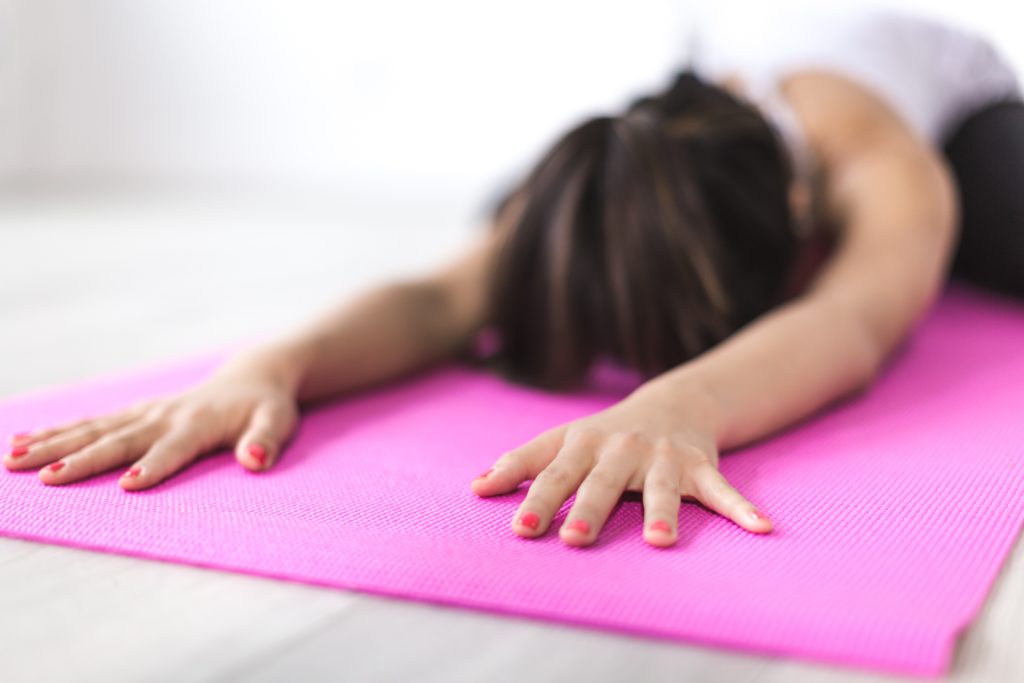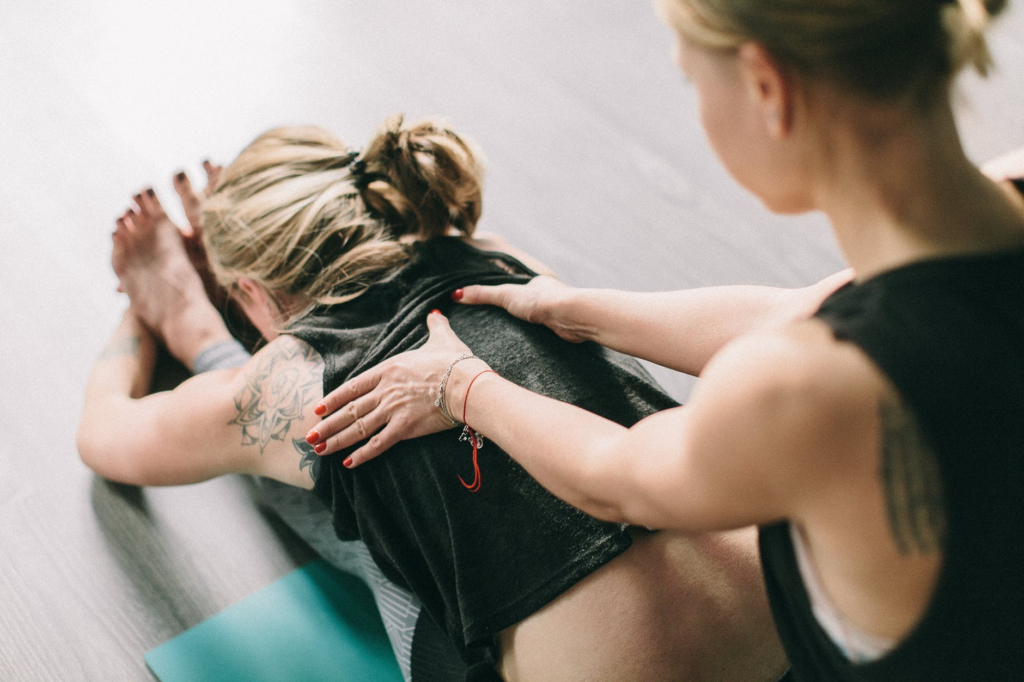Sciatica is one of the most common types of chronic pain, and it can be challenging to treat. Sciatica is irritation along the sciatic nerve, which runs from your lower back into your leg. When there is pressure on the sciatic nerve, it can cause pain throughout the lower back, hips, buttocks, and legs. This pain can take many different forms, from a slight aching feeling to a more shooting pain when you stand up. You also might feel burning, numbness, or weakness in certain areas. In this article, we will discuss what could be causing this pain as well as how you can manage it with exercises.

Causes of Sciatica Nerve Pain
There are many different things that can contribute to your sciatica pain relief. In most cases, there are multiple factors that contribute to the development of sciatica. Exercising regularly as well as receiving chiropractic treatment and physical therapy can be used to prevent or manage sciatica. Here are some of the other common causes of sciatica.
There are many spine and vertebrae conditions that can lead to sciatica. When one of your vertebrae is out of place, it can push against the sciatic nerve or pinch it, which can result in sciatic pain. You might be genetically prone to misalignment in your spine, or you may develop it over time as a result of repetitive motion. These conditions need extensive medical attention to correct in most cases.
Pregnancy is another common cause of sciatica. This is because the extra weight on your pelvis can press against the sciatic nerve. Luckily, if you develop sciatica during your pregnancy, it will likely go away after pregnancy with the help of exercises.
Unfortunately, in today’s society, many of us are sedentary for most of our days. When we sit for long periods of time, it puts an unnatural amount of pressure on the pelvis. This can lead to sciatica if you do not combat it with exercise. Exercising helps keep you limber and prevents cramps and misalignments that could lead to sciatic pain. A sedentary lifestyle can also lead to unhealthy weight gain, which can put extra pressure on your nerves and skeletal system, exacerbating the problem.
Muscle spasms in the back, buttocks, or legs can result in sciatica pain as well. During a muscle spasm, you will experience unnatural muscle tension in a concentrated area, which can have a negative effect on the nerves and skeletal system around it. Muscle spasms are usually caused by physical or mental stress of some sort.
While it’s normally not the only cause of sciatica, a low-quality mattress can lead to pain in the sciatic nerve. It’s important that you have a mattress that provides the appropriate level of support for your back and contours to your body. Even adding a memory foam pad to an older mattress can make a big difference if you are struggling with chronic pain.

Best Exercises for Sciatica Pain Relief
If you are one of the many people that struggle with sciatica pain, there are exercises you can do to lessen the severity of the condition. Stretching and strengthening the areas of the body that are putting pressure on the nerve is one of the best ways to reduce pain. These exercises will also help get your skeletal and muscular system back in the correct alignment, so you won’t be experiencing pinching in this area.
Pigeon pose: This is a popular yoga position and stretch, and you can do it either lying down or sitting up. It opens up your hips and stretches out the lower back, so it is excellent for relieving pressure on the sciatic nerve. To do this pose lying down, put one leg up in a right angle and cross the other one over your knee, holding behind the knee to deepen the stretch. To do it sitting up, lay both legs out in front of you, and then cross one leg over your other knee and bend forward. Be sure to switch sides to get a thorough stretch.
Spinal twist: This is another stretch that is a variation on popular yoga poses. It targets the exact point in the back that is a common source of sciatic pain. Sit on the floor with both legs in front of you, and then bring one leg up and bend it so your foot is flat on the floor on the outside of your other knee. Gently twist your body towards your knee that is bent up. You can put your arm on your knee for extra leverage in the stretch.
Arm and leg lift: This is an exercise that you might find in a Pilates class or in other conditioning techniques. It tones your core and back, strengthening the muscles that could be affecting your sciatic nerve. To start, get on all fours, making sure your arms and legs are properly aligned with your torso. Then, lift one arm and the opposite leg out, keeping them parallel with your torso. Switch and repeat as desired.
Foam roller stretches: Using a foam roller is one of the best ways to get knots out of your muscles if you don’t have time to get to a professional. You will want to target the roller to your legs and thighs so that you get the best relief. Start by sitting on the roller and moving back and forth slowly, applying pressure. Then, switch to either side of your thighs, and then finally the front of your thighs. If you don’t have a foam roller at home, you will likely be able to find one at your gym.
Sciatica is very frustrating, but it’s important to remember that it’s common and very treatable. In many cases, you can manage it with some lifestyle adjustments and diligent stretching. In addition to doing exercises on your own to stay fit, you will likely benefit from seeing a chiropractor. They can correct any misalignments and other imbalances that are causing the sciatic pain.
Dr. Brent Wells, D.C. founded Better Health Chiropractic in Juneau and has been a chiropractor for over 20 years. His practice has treated thousands of patients from different health problems using various services designed to help give you long-lasting relief. Dr. Wells is also the author of over 700 online health articles that have been featured on many websites. He is a proud member of the American Chiropractic Association and the American Academy of Spine Physicians. And he continues his education to remain active and updated in all studies related to neurology, physical rehab, biomechanics, spine conditions, brain injury trauma, and more.

